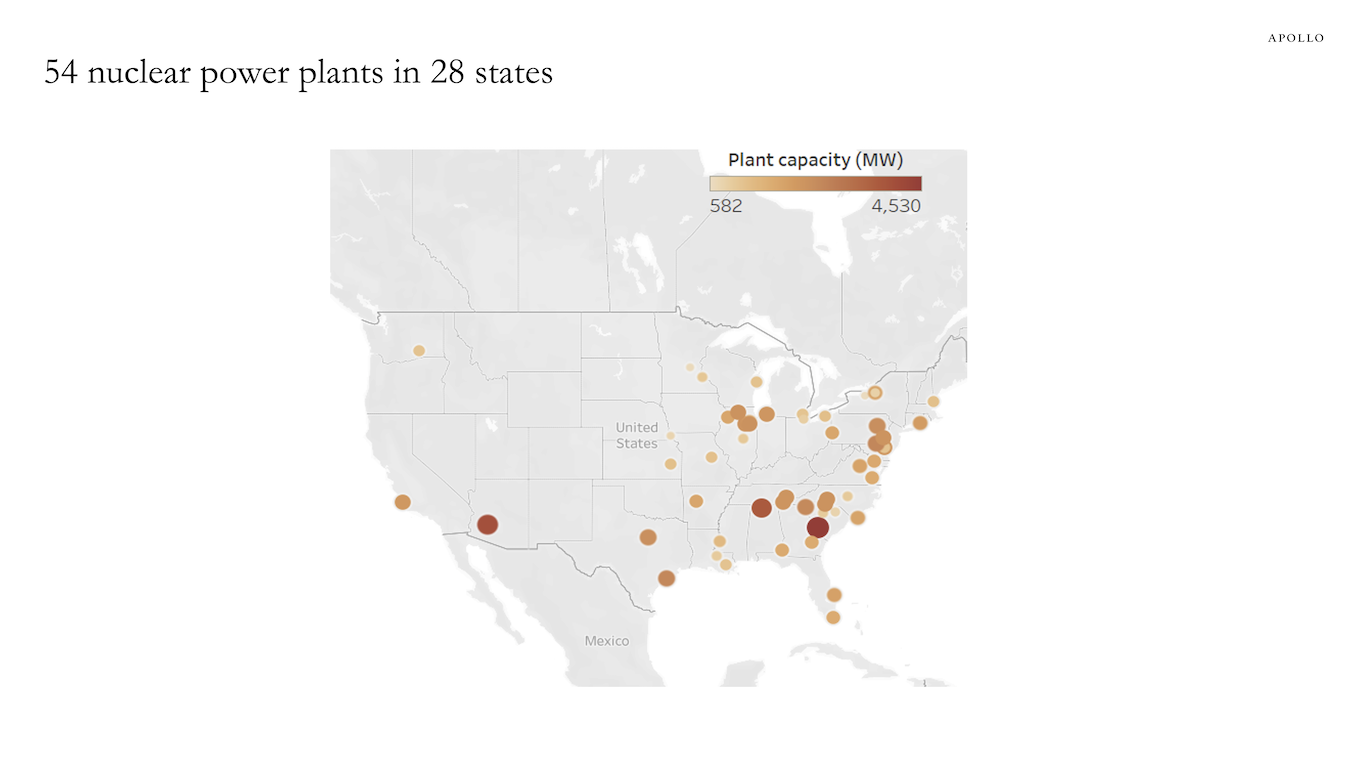Many commercial real estate (CRE) loans are five-year maturities, which means that CRE loans that were underwritten when the Fed funds rate was zero in 2020 and 2021 have to be refinanced in 2025 and 2026. This gives the maturity wall a downward sloping shape for CRE, with a lot of refinancings over the next few years. This is different from investment grade (IG), high yield (HY), and leveraged loans, where the maturity walls are spread over time; most companies that refinanced in 2020 and 2021 at very low interest rates do not have to refinance in the near future.
The bottom line is that the maturity wall is front-loaded for CRE, back-loaded for HY and loans, and flat for IG, see chart below. The IG bars are taller in the chart because IG is a much bigger asset class.
With rates higher for longer, what matters for markets is the profile of the maturity wall, i.e., is it downward sloping, upward sloping, or flat.















